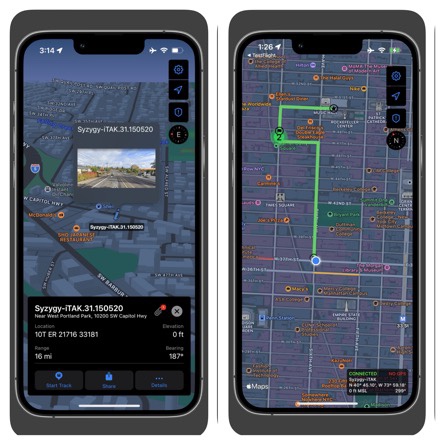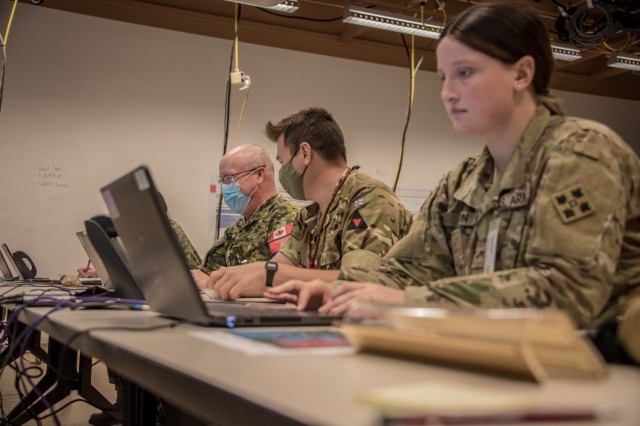Fischer Connectors, the Swiss-based global leader in high-performance connectivity solutions, announces the launch of the Fischer KEYSTONE™ 6 wearable power and data hub for dismounted soldiers.

• The Fischer KEYSTONE™ power and data hub developed by Fischer Connectors is an innovative wearable solution to the tactical connectivity challenge.
• Fischer KEYSTONE™ allows dismounted soldiers to connect and manage multiple communications and digital devices through a single hub.
• Fischer KEYSTONE™ is designed to meet the requirements of soldier modernization programs and new soldier-worn digital systems.
The new tactical connectivity solution comprises a 6-port tactical hub, Fischer KEYSTONE™ 6, a power management app plug-in for the Android Team Awareness Kit (ATAK), and customized cable assemblies with connectors designed to meet Nett Warrior and NATO STANAG 4695 standards.
Fischer KEYSTONE™ is an easily deployable MIL-spec solution to the tactical connectivity challenge presented by digital modernization programs, i.e., more data, higher speeds, greater power and less weight in harsh environments.
Fischer KEYSTONE™ enables soldiers to connect and power their digital gear easily and reliably, and to efficiently manage the flows of data (USB 2.0 and SMBus) and power (100 W – 5 A max) through a single source controlled from an easy-to-use app on their EUD.
“The soldier is the center of the digital transformation in armed forces,” highlights Jonathan Brossard, CEO of Conextivity Group, parent of Fischer Connectors. “Our experts have tackled the soldier connectivity challenge with a Swiss-engineered hub which meets tough military standards. Soldiers already know how to use it – they wear it, connect it, and go.”
Fischer KEYSTONE™ provides military OEM integrators with a competitive solution comparable to the U.S. Army’s Next Generation Hub (NGH). Olivier Thormann, Fischer KEYSTONE™ Product Manager, explains: “Fischer KEYSTONE™ is a complete connectivity solution that meets the performance requirements of soldier modernization and digital transformation programs such as U.S. Army 2030.”
Fischer KEYSTONE™ is a complete connectivity solution. (Image: Fischer KEYSTONE™ brochure available on Fischer Connectors’ website)
Fischer KEYSTONE™ is Swiss-engineered for MIL-spec digital connectivity with Fischer Connectors’ world-renowned technologies in ruggedness, sealing, miniaturization and data transmission. Main technical specifications include:
Featured for tactical digital connectivity:
– Manages power (100 W – 5 A max) and data (USB 2.0 and SMBus)
– Meets MIL-STD 810 and 461
– Secure firmware
– ATAK plug-in
– USB-C bidirectional power delivery
Chosen for soldier modernization requirements:
– Connects to Nett Warrior / NATO STANAG 4695 standard components
– Simple operation with no training required
– No maintenance or repair parts
– Competitive multiport tactical hub
– Manages all digital equipment for soldiers

Fischer KEYSTONE™ features cable assemblies with Nett Warrior / NATO STANAG 4695 compatible Fischer UltiMate™ 80 connectors.
Full technical specifications in Fischer KEYSTONE™ Tactical Connectivity Solution.





























































































































